Film slitting machine winding taper tension control
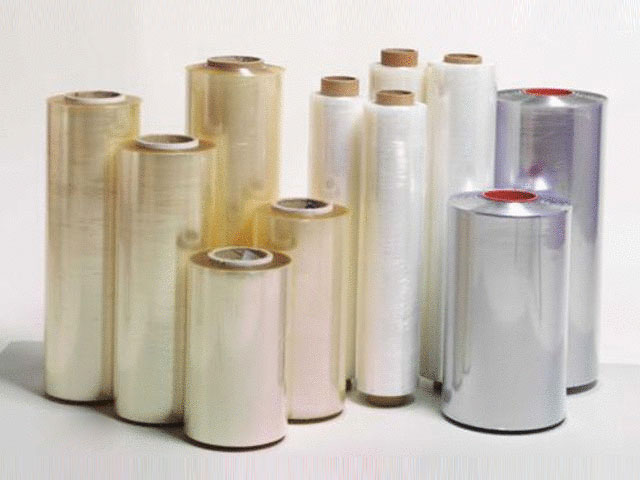
The winding tension control methods of the slitting machine include equal torque tension control, constant tension control and taper tension control.
In the case of constant winding torque, the tension gradually decreases with the increase of the diameter of the membrane ring, which is easy to loosen the membrane ring. In addition, as the winding diameter increases, the mass increases, and it is difficult to drive the film coil with a small torque, so it is not suitable for winding materials with a large diameter under the same torque conditions.
Constant tension is to ensure that the tension is always unchanged in the process of winding, suitable for small diameter winding, the disadvantage is that the tension is too small because the winding is too loose and easy to eccentricity, and the tension is too large to damage the paper core.
The taper tension control is more flexible, and the taper coefficient, diameter, initial torque and other parameters can be set according to different materials, so that the tension can be gradually reduced according to a certain range, and the membrane slippage phenomenon can be prevented due to the over-winding of the inner layer.
In addition, the taper value can be set to 0 for constant tension control. Different slitting machine manufacturers have different control algorithms for the tension taper, and improper taper setting is likely to cause the core to be too tight and wrinkled, resulting in unnecessary waste in production. The window sash machine needs to wind film rolls with a larger diameter and heavier quality, and must first ensure that there is enough torque. When setting the taper, it is necessary to consider factors such as film thickness, ductility, stability, and speed. If the taper coefficient is too large, the hard outside near the core is too loose, and the tension changes too drastically, which will make the film layer easy to slip and form a deflection roller phenomenon. The taper coefficient is too small, the film is too tight, and the internal stress gathers to form a chrysanthemum line, which affects the product quality. Through practice, the output effects of various taper were analyzed and summarized, and different tension taper control methods were formulated according to different material characteristics to meet the process requirements of various film manufacturers.
Recent Post
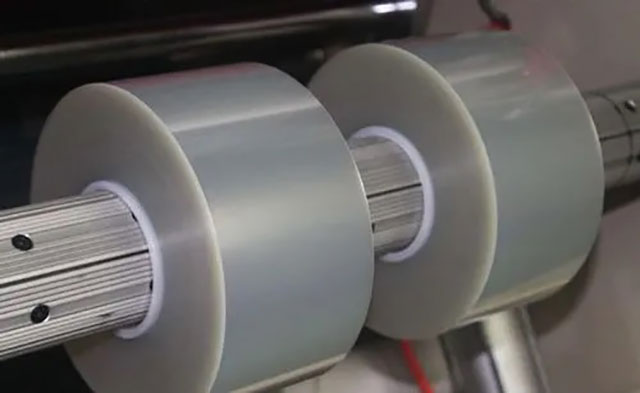 Efficient application and precision control of slitting machine in film and paper slitting28. April, 2025
Efficient application and precision control of slitting machine in film and paper slitting28. April, 2025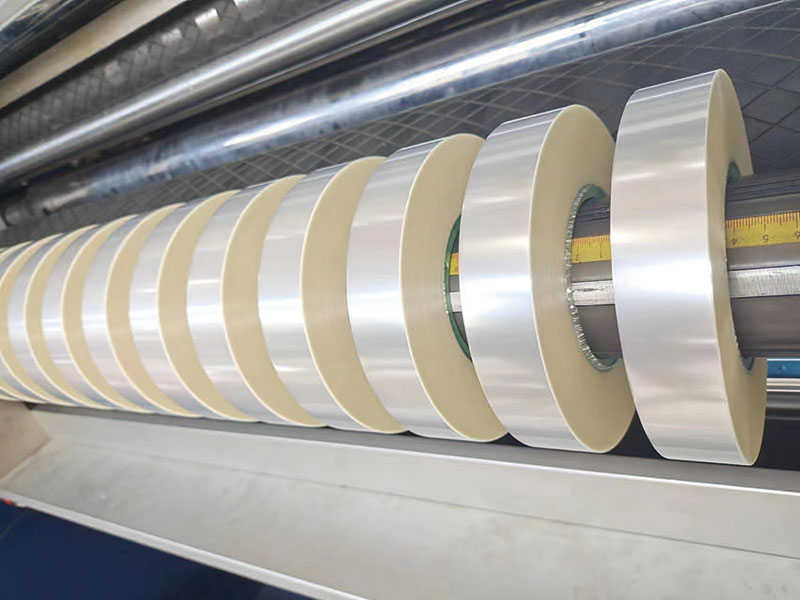 How does a film slitting machine reduce waste? Efficient slitting technology to reduce losses26. April, 2025
How does a film slitting machine reduce waste? Efficient slitting technology to reduce losses26. April, 2025 Versatile application of slitting machines: precision cutting of film, paper, metal25. April, 2025
Versatile application of slitting machines: precision cutting of film, paper, metal25. April, 2025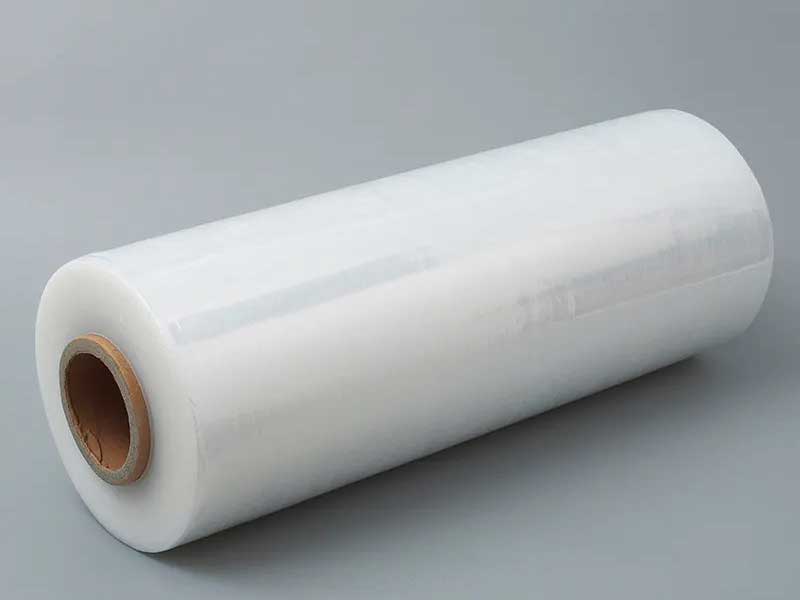 The central role of slitting machines in the production of PE, PP, PET films22. April, 2025
The central role of slitting machines in the production of PE, PP, PET films22. April, 2025
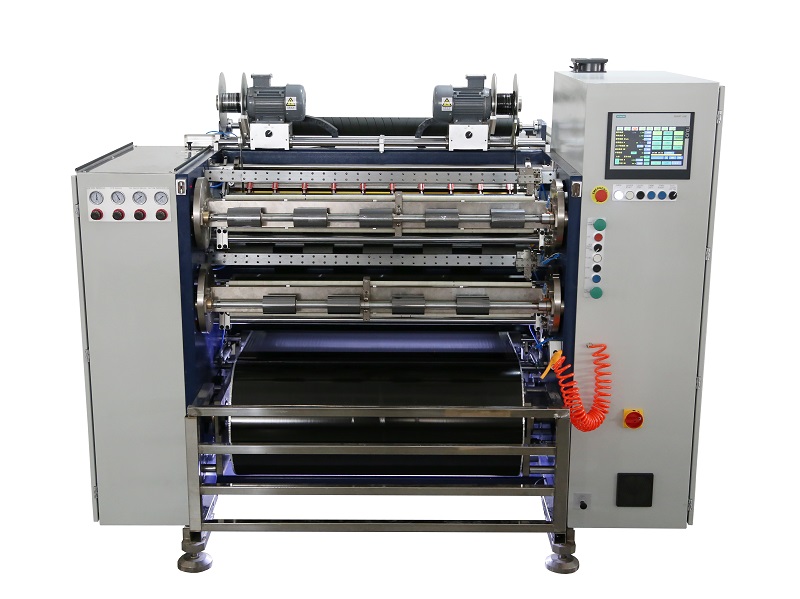 Fully Automatic TTR Slitter RSDS8 Plus
Fully Automatic TTR Slitter RSDS8 Plus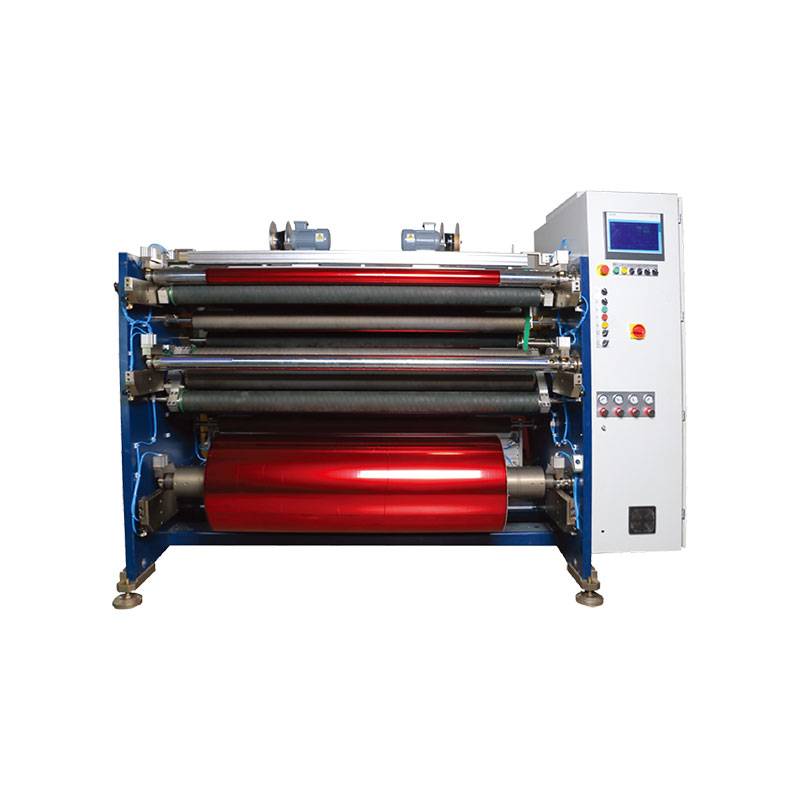 Hot Stamping Foil Slitter 1600mm
Hot Stamping Foil Slitter 1600mm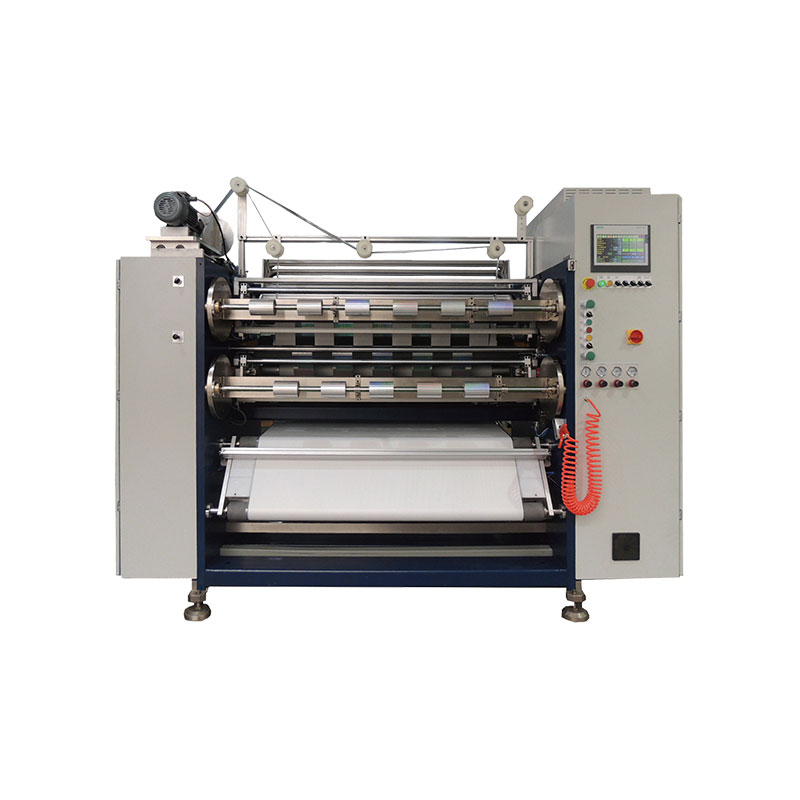 Hot Stamping Foil Slitter (4 Shafts)
Hot Stamping Foil Slitter (4 Shafts)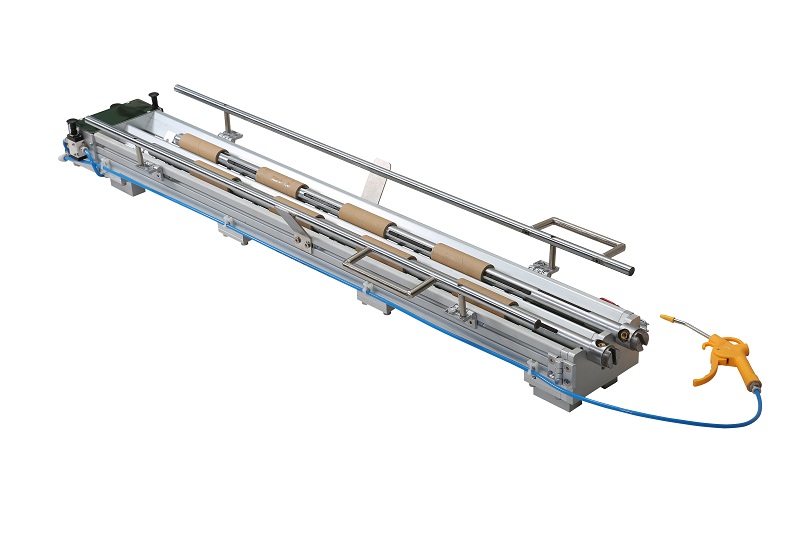 Paper Core Loading Machine
Paper Core Loading Machine Semi-Auto TTR Slitter RSDS2 Plus
Semi-Auto TTR Slitter RSDS2 Plus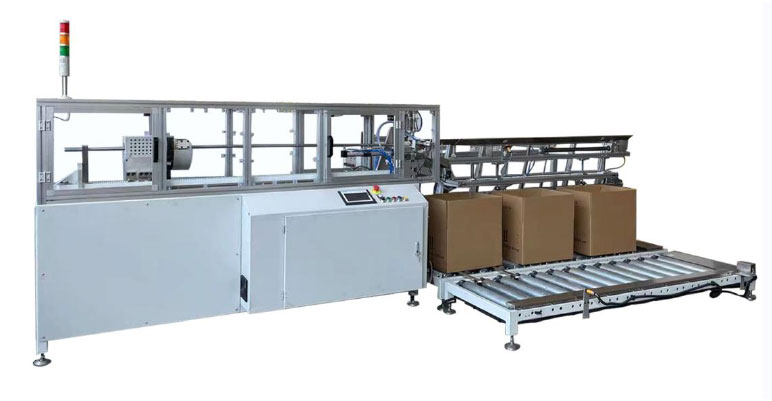 Auto Paper Core Cutter
Auto Paper Core Cutter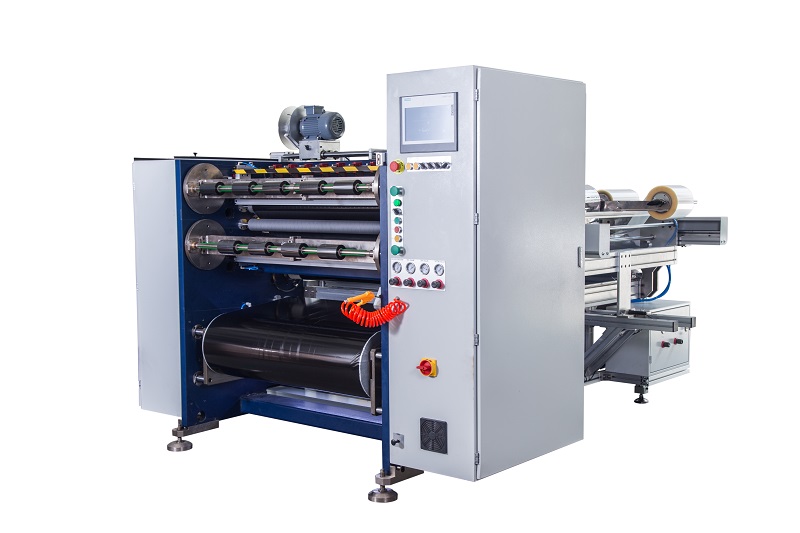 Semi Automatic TTR Slitter RSDS5 Plus
Semi Automatic TTR Slitter RSDS5 Plus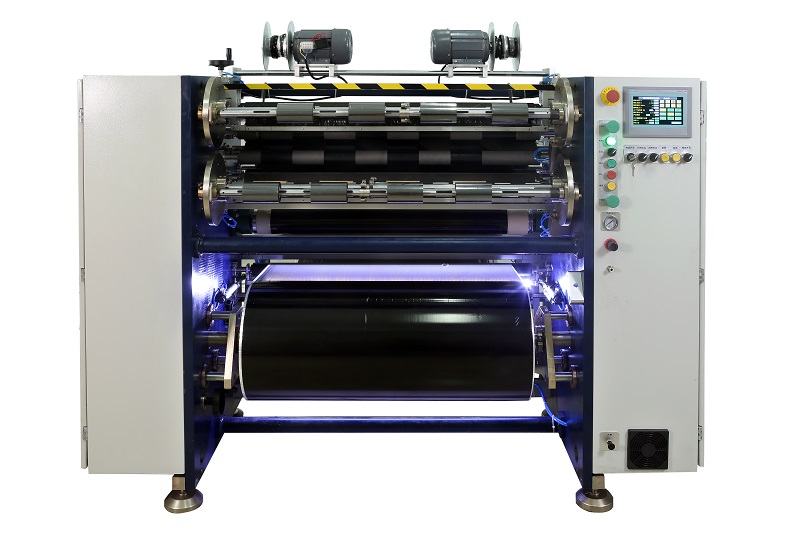 Manual TTR Slitter RSDS2
Manual TTR Slitter RSDS2





